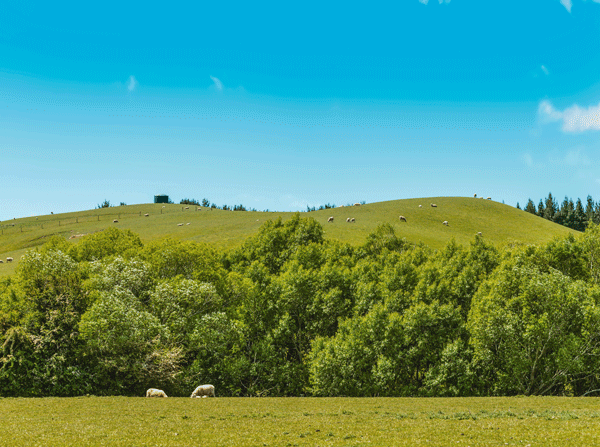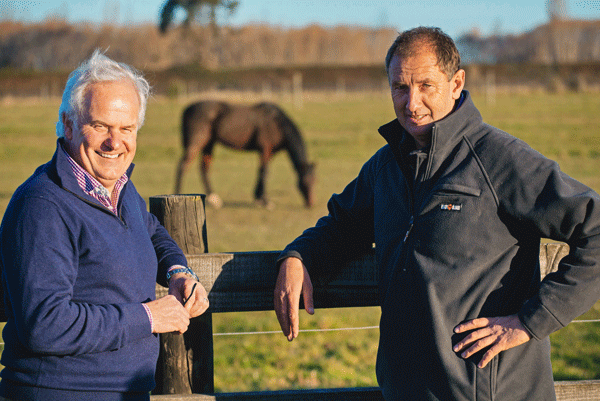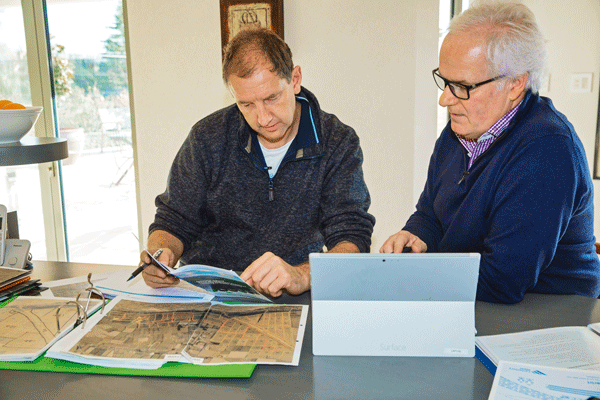4 things you need to know about the new rules of farming

Regional councils around NZ are introducing new rules around farming, and you need to know how they may affect what and how you do things on your block.
1. This is all to do with fresh water. We’ve all heard the horror stories of pollution in waterways and lakes from treated and untreated effluent, algal blooms, excessive weed and pest growth, and people getting sick or being unable to use freshwater, mostly due to nutrient run-off from fertiliser and livestock. The Government’s response was to create The National Policy Statement for Freshwater Management, which requires regional councils to safeguard freshwater for health reasons. The new rules around farming are the councils working to fulfil their new responsibilities under that policy. For more information: www.mfe.govt.nz/fresh-water
2. The response by regional councils has been to work with local farmers and industry groups, local iwi, and experts over the last couple of years to come up with new rules that are specific to the land, land use and waterways in their areas. Mostly, councils will be aiming the new rules at large commercial farms (mostly dairy). Farmers will have to show on a regular basis what they are doing to minimise their contribution to damaging run-off from their properties into waterways.
3. Some regional councils are using farm size as their guideline, so it’s possible if you have a block larger than average (eg, above 4ha/10 acres) and/or you are near to or border important waterways, you may also have responsibilities under the new rules. This could include fencing off waterways and wetlands, keeping paperwork on nutrient use, or checks on how to deal with effluent or rubbish pits.
4. Check with your regional council for what the new rules will be, and read updates they send you – they may seem boring and nothing to do with you, but there could be important information regarding changes to the way you farm. A lot of farmers will have been notified by industry groups (eg Federated Farmers) but if you’re not a member of one of those groups, you may need to approach the council to find out what you need to do.
WHAT THE NEW RULES LOOK LIKE ON-FARM
In the Canterbury region, a pilot project is helping farmers to complete Farm Environment Plans as part of the the regional plan to protect fresh water.
Environment Canterbury is requiring farmers to demonstrate how they are achieving good management practices on-farm and if they meet certain criteria – most commonly by taking water for irrigation – they will have to produce a Farm Environment Plan (FEP) to show how they are meeting the council’s requirements. Different industry groups have produced templates to help farmers get through the process as it’s quite complex. The plans generally have to include:
• general farm information, eg location, map of its boundaries, contact people, location of waterways, wetlands, stock crossing points, riparian planting, and any significant indigenous areas (eg, native bush, springs);
• any consents the farm has, eg irrigation, resource management;
• identification of environmental risks, eg, irrigation, application of nutrients, effluent application, stock exclusion from waterways, offal pits and farm rubbish pits;
• recorded good management practices and actions for improvement under six key topic areas: water and irrigation, nutrient use, effluent, land and soil, waterways, and waste management.

Andrew Arps (left ) on Darryl Brown’s Eyreton property.
Darryl Brown says he’s made some surprising discoveries during the process of record gathering and mapping out his farm after joining a pilot project run by Environment Canterbury to help farmers complete Farm Environment Plans (FEPs). One hundred farmers across the Waimakariri and Selywn districts are involved in the one-on-one pilot project which helps farmers without industry support to complete their FEPs.
“I was surprised by what you find out from the farm mapping system. We’ve always gathered lots of records but putting these all together in one place gives you a new overview of the entire farm.
“Now we can see areas where we’re over or under irrigating and we’ve already got plans to make our irrigation systems more efficient with increased monitoring. It also shows where we’ve spread fertiliser and the movement of green feed crops and re-grassing. It helps you see how everything is connected. If there’s a lot of rain or something unexpected happens it helps you look at things differently and adjust what you’re doing on the farm to even everything out.
“I think this is especially important for farms like ours that have grown and changed over time. Since 1968 our farm has grown from 225 acres to over 1200 acres so we’re definitely having an impact on the environment.”
Waimakariri Zone Committee manager Andrew Arps says the pilot project is helping farmers like Darryl who might otherwise fall between the gaps to complete their FEPs by mid-2017.
“We’ve identified 50 farmers in Waimakariri with farms over 50 hectares who don’t belong to industry bodies or irrigation schemes and we’re now engaging with them on a one-on-one basis.
“When you don’t have any industry support it is much harder to get started on the process so we want to give farmers all the help they need to complete their FEPs. “Being proactive and getting to know farmers is a really important part of the process. We’re helping them to understand why it’s important to do a farm environment plan and how this can benefit their farm and the environment.”

Darryl credits Andrew’s farm visits with helping him move forward with his plan while also providing a positive learning experience. “It’s a bit scary at first and hard to know where to start but with Andrew’s help I have been able to start the process. He talks through certain things that you’re doing on the farm to get you to think a bit differently or challenge you on different things you’re doing and at the end of the day this is benefiting the farm’s profit and the whole environment.”
It takes time to gather records and review farm systems but Darryl believes that the positive benefits to farmers and the environment far outweigh the time spent on an FEP.
“It does take a while to do your research and get all your records together, but you’ll get that back and more over the long term. Making the entire farm more efficient means you’re using less resources and you’ll have more money in the bottom line.”
For Darryl, protecting the waterways around his farm has always been a priority, especially as the springhead for Silverstream is located on his property.
“It’s really important to protect the environment, especially the waterways and I know that it is a priority for most farmers because without a clean environment we’re putting our livelihood at risk.
“We’ve got our streams fenced off and plan to do more native riparian planting and move the fences back another three to five metres.
“We’re also planting more native trees along the northern side of all the streams that run through the farm. It helps improve the water quality and we don’t need to clean out the stream as much because the native planting shades the stream and stops the weeds growing in the stream. “Protecting the ecosystem is important because it keeps everything in balance and it will be of benefit for generations to come.”
Being able to chat informally to Andrew and receiving practical advice has also given Darryl a new outlook on how Environment Canterbury is working with farmers.
“There has been a bit of a stigma about ECan in the past but I’ve seen a real change with this type of one-on-one approach and I’ve found it fantastic. It’s just more relaxed having a chat about what you’re doing and seeing how a farm environment plan together can benefit farm profits and the environment gives you a reason to get started.
“If you look at New Zealand and the world in general, everyone is changing the way they look at resources and the environment whether they live in the cities or rural areas. We all have a part to play and if all farmers get on board and do a farm environment plan we can work together to protect the environment.”
Andrew says the pilot programme isn’t just focused on getting farmers to complete their farm environment plans but is part of a wider environmental management project.
“While we want all farmers to complete their farm environment plans the real success actually comes from seeing environmental planning being part of everyday life and accepted business practice for farmers.”
Love this story? Subscribe now!
 This article first appeared in NZ Lifestyle Block Magazine.
This article first appeared in NZ Lifestyle Block Magazine.
